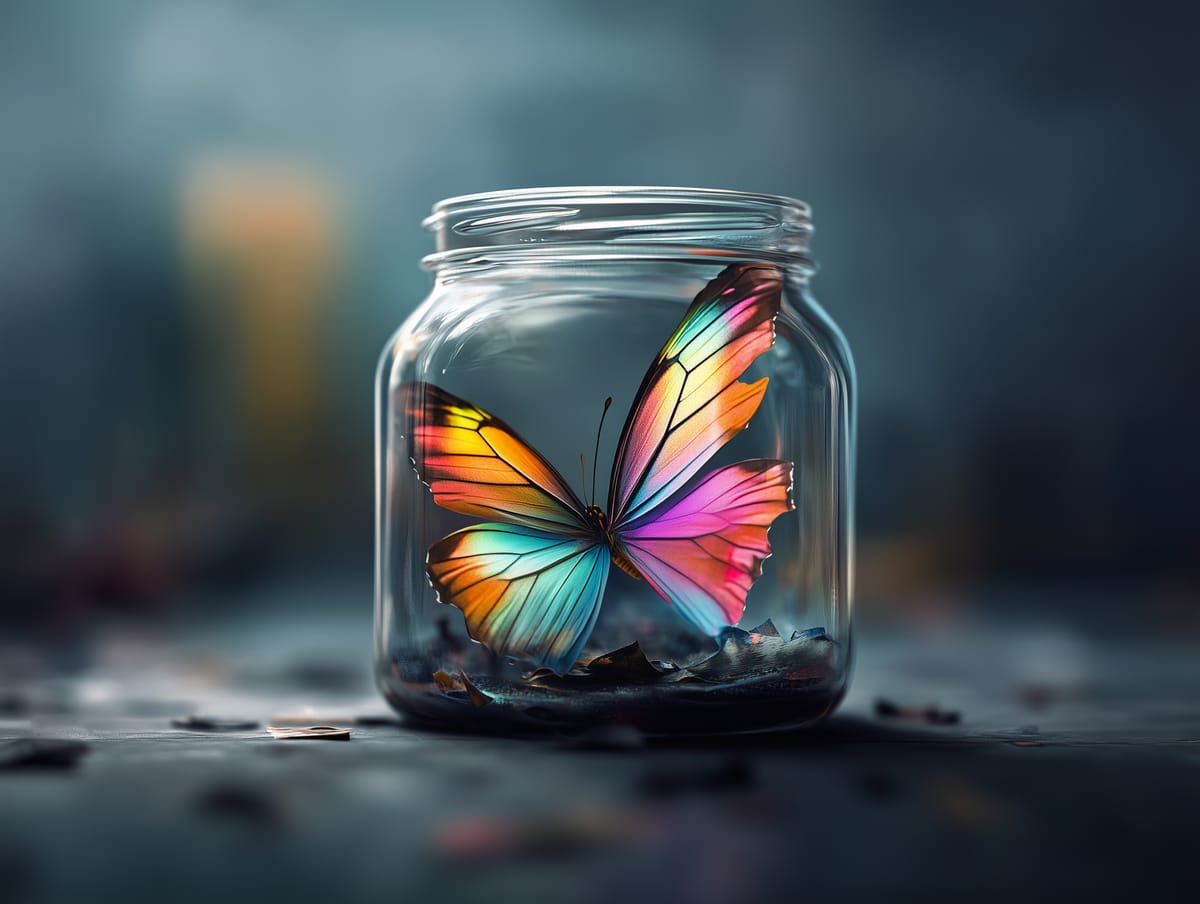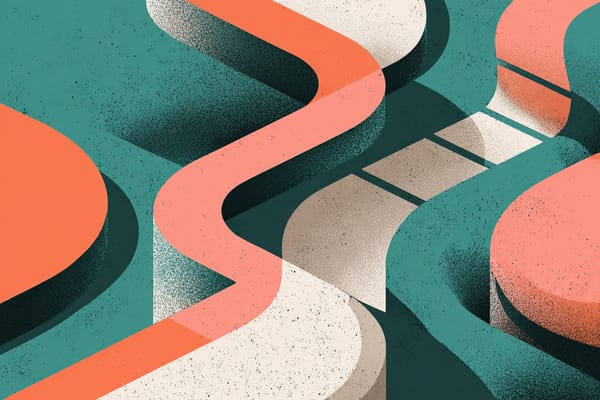When Creativity Becomes a Risk, People Stop Creating
“When creativity starts to feel like a risk—whether financial, professional, or personal—people begin to pull back.”

We love to celebrate creativity—inspiration, innovation, and the thrill of fresh ideas.
But there’s a quieter, more uncomfortable reality that often goes unspoken:
When creativity starts to feel like a risk—whether financial, professional, or personal—people begin to pull back.
They share fewer ideas.
They take fewer chances.
Some stop creating altogether.
Not because they’ve run out of ideas, but because the cost of expressing them feels too high.
The Subtle Transformation from Creative to Cautious
Most designers and creatives enter their fields driven by a genuine passion for making something new.
Early in our careers, there’s often a beautiful naivety that allows us to experiment freely, unconcerned with market demands or client expectations. We create because it feels essential.
As we professionalise, however, this relationship begins to shift.
- The freelancer who proposed an unconventional approach only to lose the client learns to offer safer options.
- The designer whose innovative concept was criticised in a team meeting begins to self-edit before sharing.
- The creative whose original work was met with public criticism develops a heightened awareness of potential negative reactions.
This transformation isn’t sudden but incremental—creativity slowly begins to feel like a liability.
And while no one explicitly decides to abandon creativity, many find themselves unconsciously moving toward safer territory.
The Real Costs of Creative Risk
Creative risk isn’t just emotional—it has real, measurable consequences:
- Financial vulnerability. For freelancers especially, proposing truly innovative work can mean risking client relationships and income stability. When a mortgage payment depends on client approval, the pressure to deliver "safe" work becomes enormous.
- Professional reputation. In industries where portfolios and past work determine future opportunities, work that receives negative feedback—even if conceptually strong—can feel like a permanent mark.
- Social belonging. Humans crave acceptance. When creative choices lead to exclusion from teams or communities, the psychological cost can be heavy.
- Identity threat. For many creatives, their work is deeply intertwined with their sense of self. Rejection can feel personal.
And when these risks accumulate without corresponding rewards, many begin to question whether creativity is worth the cost.
What Organisations Say vs. What They Reward
Organisations may claim to value creativity—yet their structures often discourage it.
- Agencies promote their commitment to groundbreaking work—but filter out unconventional ideas through rigid approval processes.
- Clients request “innovative” approaches but reject anything that strays too far from the norm.
- Audiences say they want new experiences—but often stick with the familiar.
It’s a tough brief: be original, but stay within the lines.
The message becomes: “Be creative, but not too creative. Take risks, but don’t actually risk anything.”
How Creatives Begin to Pull Back
You might not even realise it’s happening.
- Learnt helplessness. After repeated rejection or criticism, many creatives expect their bold ideas to be dismissed.
- Risk recalibration. When creativity consistently leads to bad outcomes, we start to treat it as dangerous rather than promising.
- Creative identity erosion. Constant resistance can make people question whether they’re actually creative—or just misguided.
- Adaptive conformity. Many begin generating ideas that will be accepted, not ideas that excite them.
It’s only in truly supportive environments that we realise how much we’ve been holding back.
And the longer we operate in cautious mode, the more deeply those patterns set in.
What once felt bold and exciting starts to feel distant—like something from another life, a version of ourselves we quietly miss.
What Happens When Everyone Plays It Safe?
The consequences of stifled creativity ripple far beyond the individual:
- Cultural stagnation. Discouraging creative risk produces homogenised output. Trends become self-referential. Innovation fades.
- Lost potential. Unexpressed ideas mean missed opportunities for cultural evolution and meaningful connection.
- Professional exodus. Many innovators eventually leave environments where creativity is consistently punished.
- Diminished collective problem-solving. When we suppress creative thinking, we limit our ability to tackle complex challenges.
How to Reclaim Creative Courage
If this feels familiar, here are ways to push gently against the pressure:
- Create parallel paths. Maintain personal projects where you can take risks freely.
- Find your risk threshold. Creative risk exists on a spectrum. Explore where you can stretch safely.
- Build a creative community. Surround yourself with people who encourage original thinking.
- Practice articulating value. Frame creative ideas as solutions. This helps reduce resistance.
- Recognise systemic patterns. Seeing that the resistance is often structural helps protect your sense of identity.
How to Make Risk Safer for Others
If you shape creative environments—as a leader, client, or collaborator—there are real ways to help:
- Separate ideation from evaluation. Let ideas flow before judging them.
- Provide specific feedback. Replace vague responses with clear, constructive input.
- Reward the process. Celebrate creative effort even when outcomes fall short.
- Examine incentives. Consider whether your systems truly reward creativity.
- Create psychological safety. Foster environments where unconventional thinking feels welcome.
A Final Thought
The link between creativity and risk isn’t going away.
Innovation brings uncertainty, and uncertainty will always carry some risk.
But we can create spaces—individually and collectively—where that risk is shared more fairly, and where the rewards are more visible.
This requires effort at every level.
- Individual creatives need strategies to stay bold.
- Organisations must examine how they might be punishing the very thing they claim to value.
- And creative industries must decide what they truly stand for.
Because the stakes are high.
In an age of algorithmic thinking and AI-generated content, human creativity isn’t a luxury—it’s a necessity.
Our ability to imagine what doesn’t yet exist, to connect ideas in surprising ways, and to see differently—that’s what sets us apart.
When creativity feels too risky, we don’t just limit careers.
We limit what’s possible.
And in a world facing unprecedented challenges, that’s a risk we can’t afford to take.



